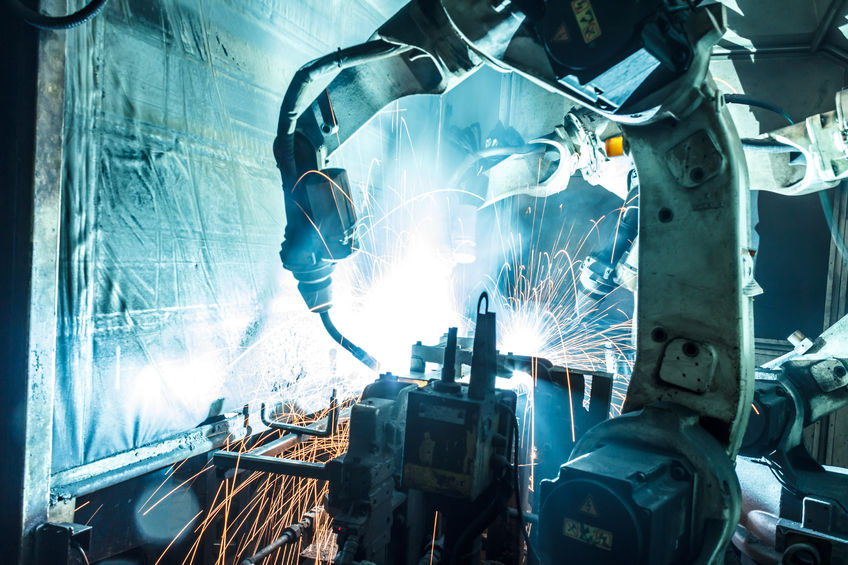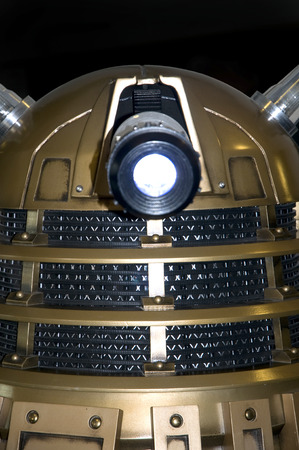Who doesn’t remember Doctor Who and the Daleks? What does the future hold for robotics? It’s hard to say, given the rapid pace of change in the field as well as in associated areas such as machine learning and artificial intelligence. But one thing seems certain: Robots will play an increasingly important role in business and life in general. Buzz talks to CEO of Kuka Robotics Stefan Lampa about what the future might hold.

How fast is demand for industrial robotics increasing and what is driving this demand?
There is an explosion. I have been in the robotics business for more than 25 years and 2017 was the first time that demand outpaced supply. This strong growth is mainly driven by China and Asia but is also coming from Europe and America. Demographic change is driving the need for robotics and without automation in Asian factories there would be a lack of manual labour. At Volkswagen’s Wolfsburg plant, the average age of a worker is around 56, and growing. We need to move the manual tasks of manufacturing towards automation.

How are robotics transforming manufacturing operations across sectors?
We are adjusting to the need for robotics from a wide range of sectors beyond automotive—from textile companies to toy manufacturing. In high-volume and fast-moving consumer goods sectors, the major brands are all adopting robotics. Companies are automating their manufacturing processes as a necessity for their mid- to long-term survival. The automation transformation is moving as fast as we can supply.

What role do you think robotics can play in the transition towards electric vehicles?
The first electric vehicle innovators are heavily adopting robotics, even from the design stage. We are collaborating with Volkswagen to develop an automatic charging station for—a robotic arm that plugs in the charger for vehicles.
Some processes are better suited for automatic or robotized production and even more so in the case of electric vehicles. If you can imagine an engine with automatic gear shifts it is pretty intricate—there is still a lot of manual intervention there. When you move over to motors and batteries it is quite a lot easier to automate.
How have you seen the market develop in your 25 years in robotics, leading up to demand now surpassing supply?
At the beginning we were a few enthusiasts—it was a very exciting place to be technology-wise. Everybody who started in robotics has stayed in robotics. Outside of automotive, the market was very slow until after the financial crisis. There was a general awareness from top management of manufacturing companies that they needed to safe guard their supply chain and manufacturing whenever the next crisis came around. In 2010, there was a surge in growth and since then it has been booming![]()































